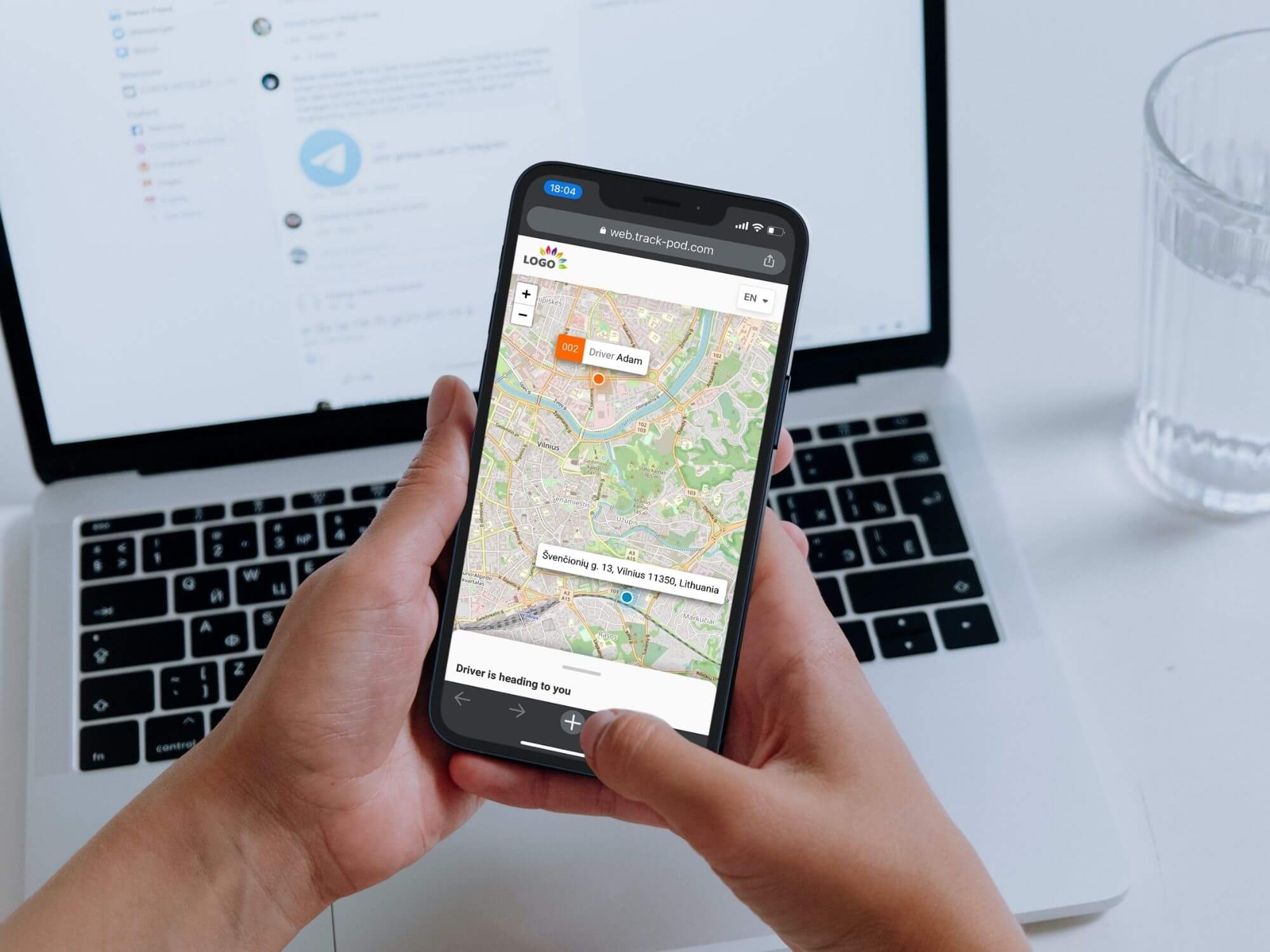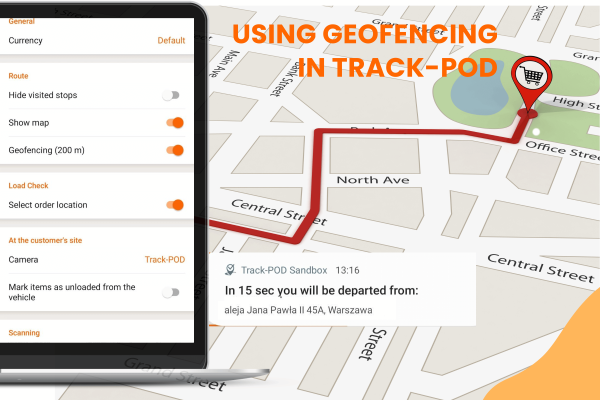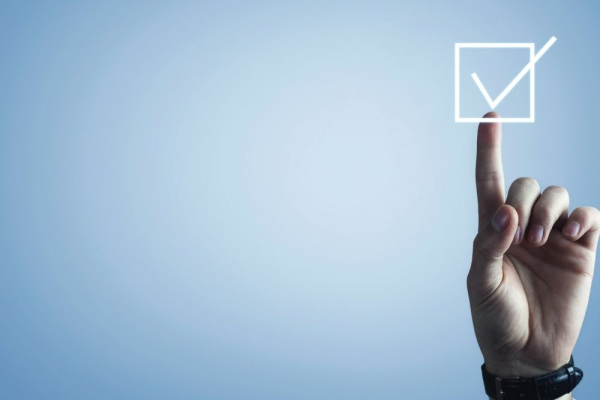What Is On Demand Delivery? Learn from DHL & Square

by
Yulia Miashkova
January 17, 2022
If you've ever ordered food delivery or takeout online, you know on demand delivery - just not by that exact name. As a customer, on demand is quick and easy: you process the payment and you sit back. But what happens on the business side of things?
In this guide, we take a close look at on demand delivery: what it means, what it can look like, what kind of delivery operations can afford it (spoiler: it's not all DHL), and what kind of last mile delivery software is best for the job.
Let's hit the road.
What is on demand delivery?
In simple terms, on demand delivery is a type of delivery that happens by the customer's demand. This means that the product is delivered when the customer needs it, the way they want it.
This is the reason food delivery is such a good example of on demand. A service like Uber Eats operates on a per-order basis, which is the customer's way of saying, "I want my delivery asap". More often than not, this means that the courier has to make one route per order.
From this perspective, on demand stands in contrast to prescheduled delivery.
Prescheduled means it's up to the delivery service provider to arrange dropoffs in a route according to order priority and preferred time slots.
This is where multi-stop route planning comes into play. The packages to be delivered are grouped by area and customer expectations time-wise, which allows companies to provide multiple delivery options with lower operations costs.
The ironic part is, what is on-demand delivery in essence is not always marketed that way. Let's look at some examples of on demand delivery processes.
What is DHL On Demand Delivery?
DHL - arguably the most well-known on demand delivery provider - defines the service as one where you can choose how, when and where your shipment is delivered.
This means that the customer gets to set a delivery date, receive shipment alerts, and indicate their preferences and delivery priorities.
As you can see, DHL on demand service operates by the rules of prescheduled delivery but with customer satisfaction in mind.
In fact, DHL is far from the only provider that does that. Uber, UPS, and Amazon all do on demand pickup and delivery whether or not they choose to call it that way.
Even eCommerce platforms like Square that work with multiple delivery service providers hardcode on demand delivery into their platform because consumer expectations dictate that.

Pros and cons of on demand delivery
On demand is good for the customer because it's built with the best customer experience in mind. The question is, is it always good for the business? Let's look at the pros and cons of providing on demand delivery services.
Let's start with the cons so we can end with the pros.
Irregular demand patterns
When you do on demand the Uber Eats way, you never know how much you'll be delivering on any given day. Whenever an order comes in, you need to have a driver and a vehicle ready to go.
This means that you need to have at least some delivery staff on standby at all times. Not to mention your active fleet resources that need to match the number of couriers on duty.
In the era of gig economy and eCommerce logistics where speed is the name of the game, you want to be faster than your competition. This is only possible if you embrace the risks and have a sufficient number of drivers available for dispatch.
Unpredictable delivery costs
This one becomes obvious after you've read the previous point. Depending on how much staff and fleet resources you have on standby day to day, your delivery costs will vary a lot.
In a world where customer loyalty can be easily bought with free delivery, businesses have to make a choice. Most choose to either charge customers a flat rate for all on-demand deliveries or cover shipping costs for the customer.
Another way to go about this is by optimizing the delivery process until every cost is minimized. From contactless & paperless operations to better routes that minimize fuel and mileage, there's a lot you can do to substantially bring the cost per delivery down.
Customer centricity
Being customer centric is what every delivery business needs to be in 2022. On demand delivery is the perfect way to show that you value your customers' time and want to provide the best service you can.
A good delivery service is many things. And it's important to have the capacity to deliver in full.
For example, when you have the tools that let you calculate real-time ETA, share delivery notifications, and provide contactless delivery with photo proof, your entire last-mile delivery workflow is upgraded.

New business
With customer centricity comes not only customer loyalty and greater retention but also better sales and new business. Generally, the more options you can provide - be that same-day delivery, no-contact delivery, or free returns - the greater your value in customer eyes becomes.
Especially in an environment where you have to compete with corporations like DHL and UPS, you need to have a competitive advantage. When it comes to fast, local delivery, on demand might be yours.
Recap
On demand delivery is something to consider whether you're a booming business with dozens of drivers or a small operation with a couple of couriers.
To deliver when your customers want it, the way they want it, you need to weigh your options and make sure you have the tools to make the most of your in-house resources.
I hope this guide gives you food for thought and inspires action. If you need support putting your ideas to practice with Track-POD logistics automation solutions, start your free trial today.
About The Author
Yulia Miashkova
Growth marketing manager with a background in public relations, SEO, social listening, and Account-Based Marketing.






